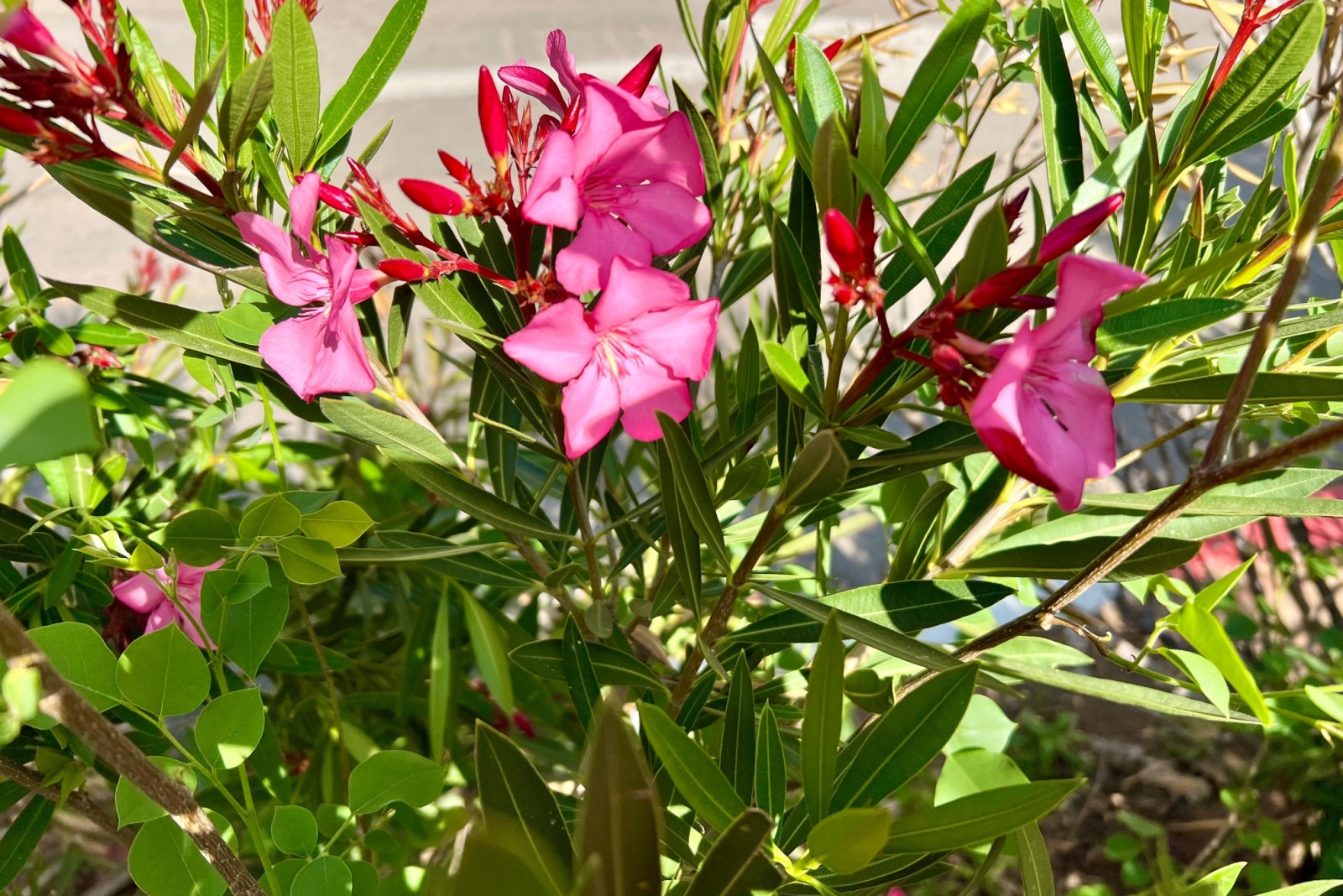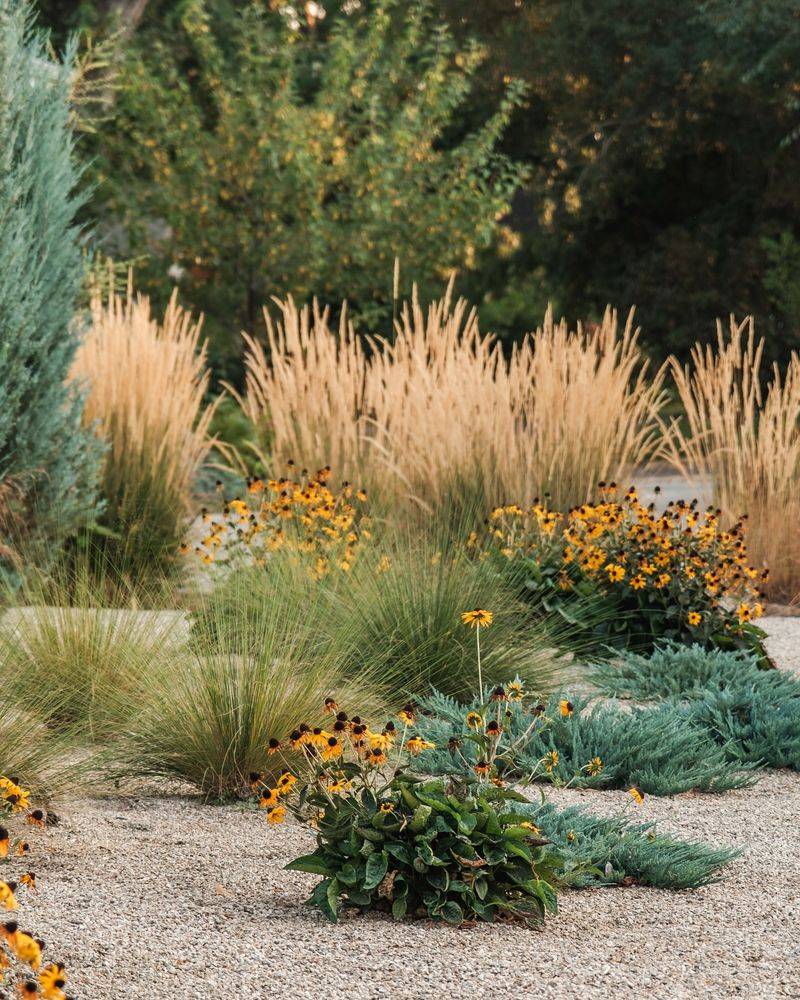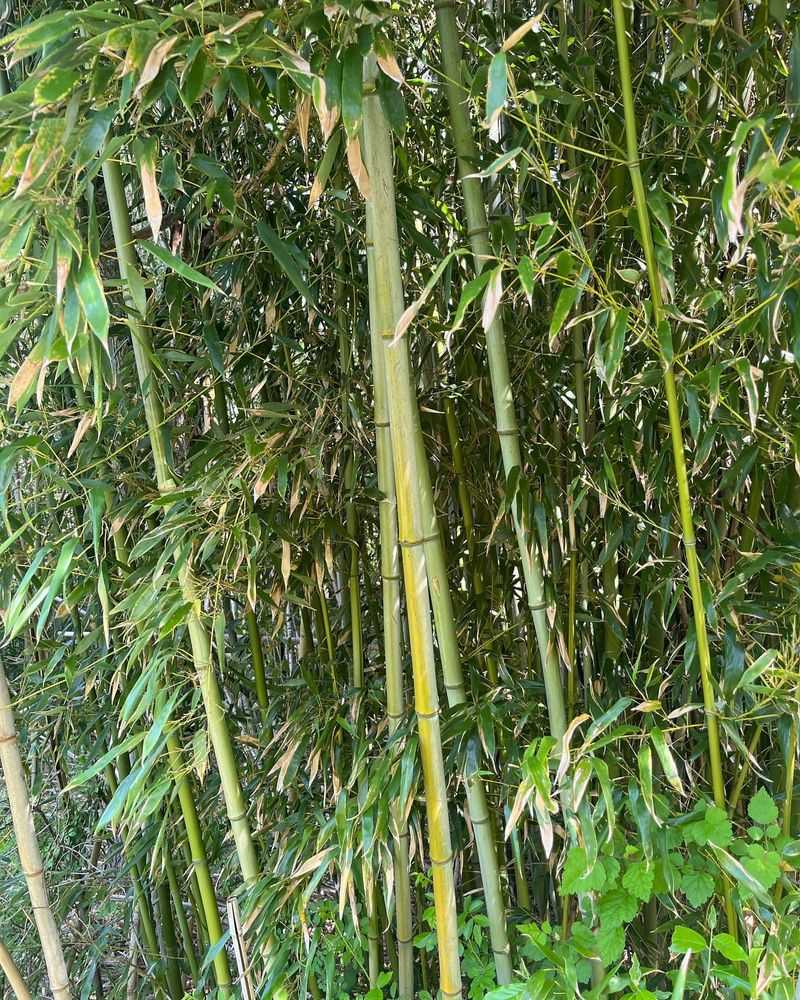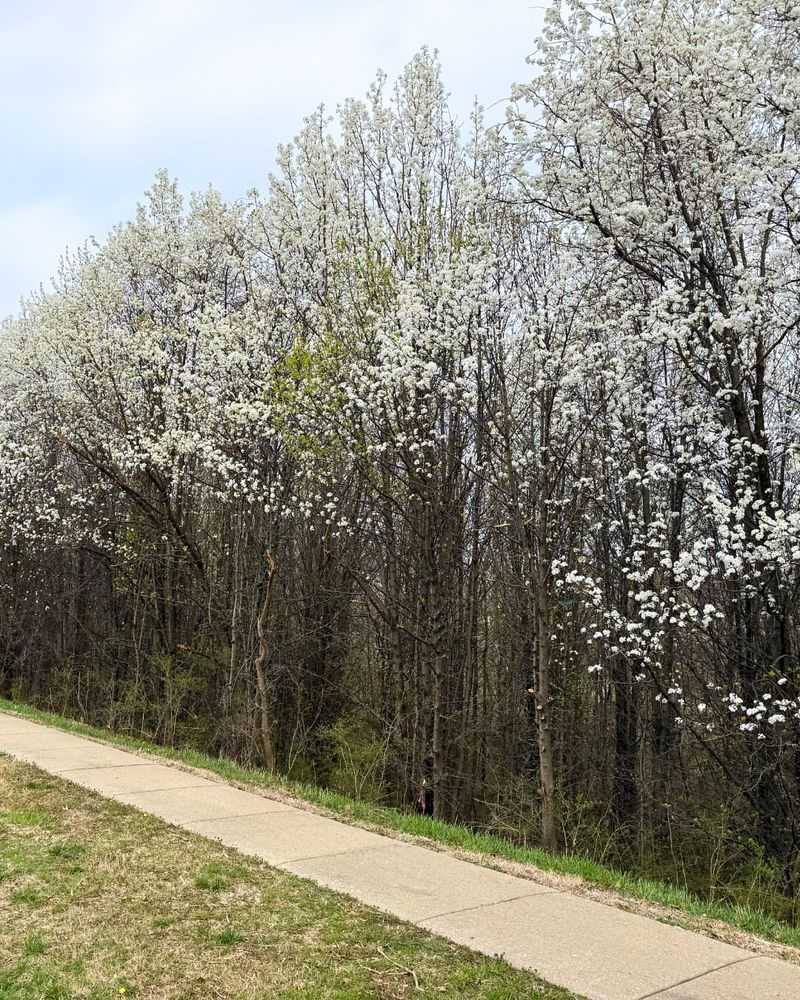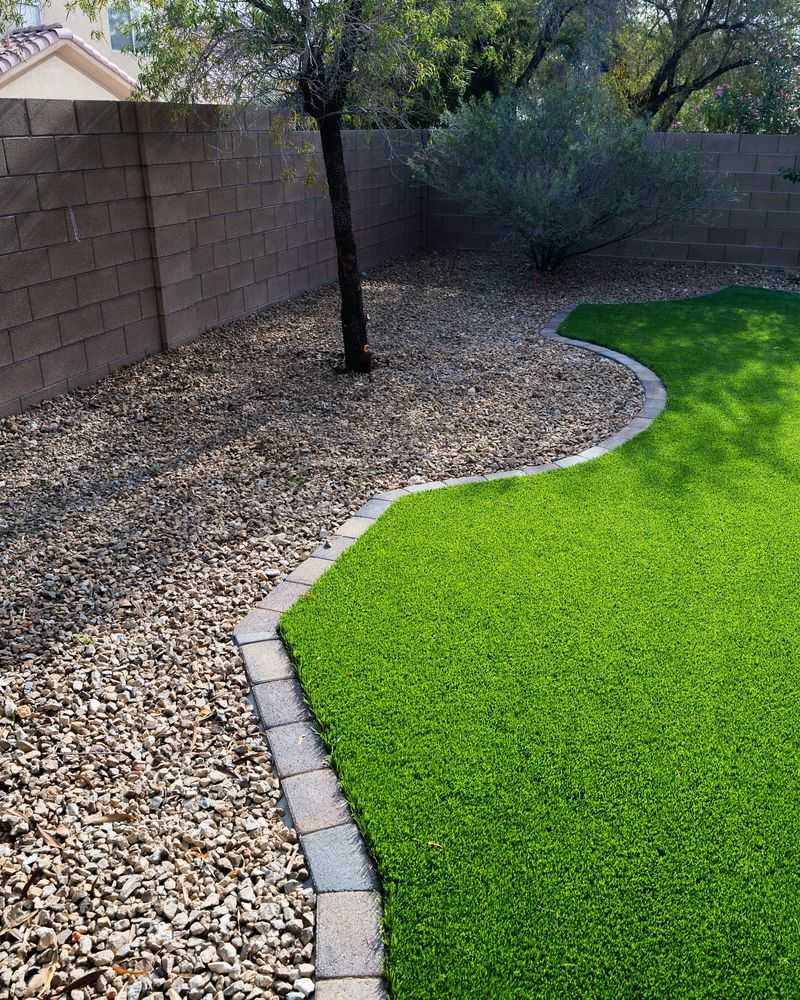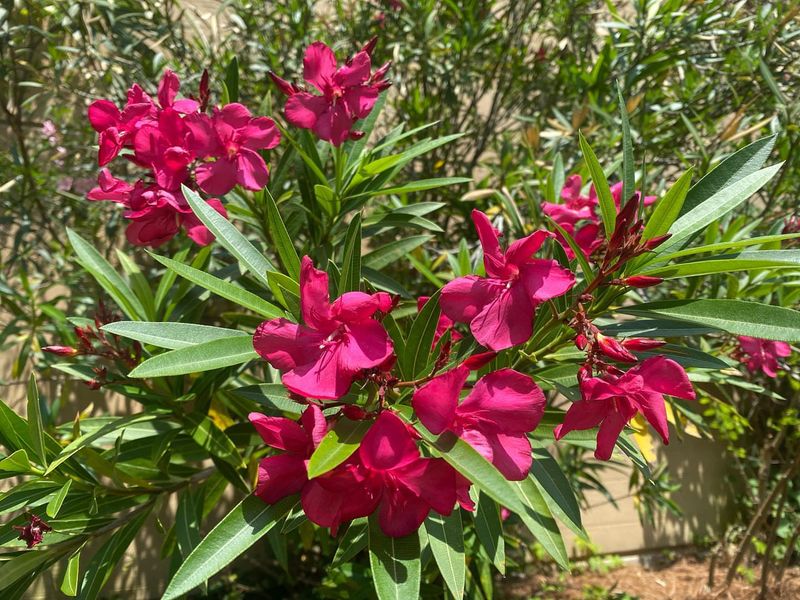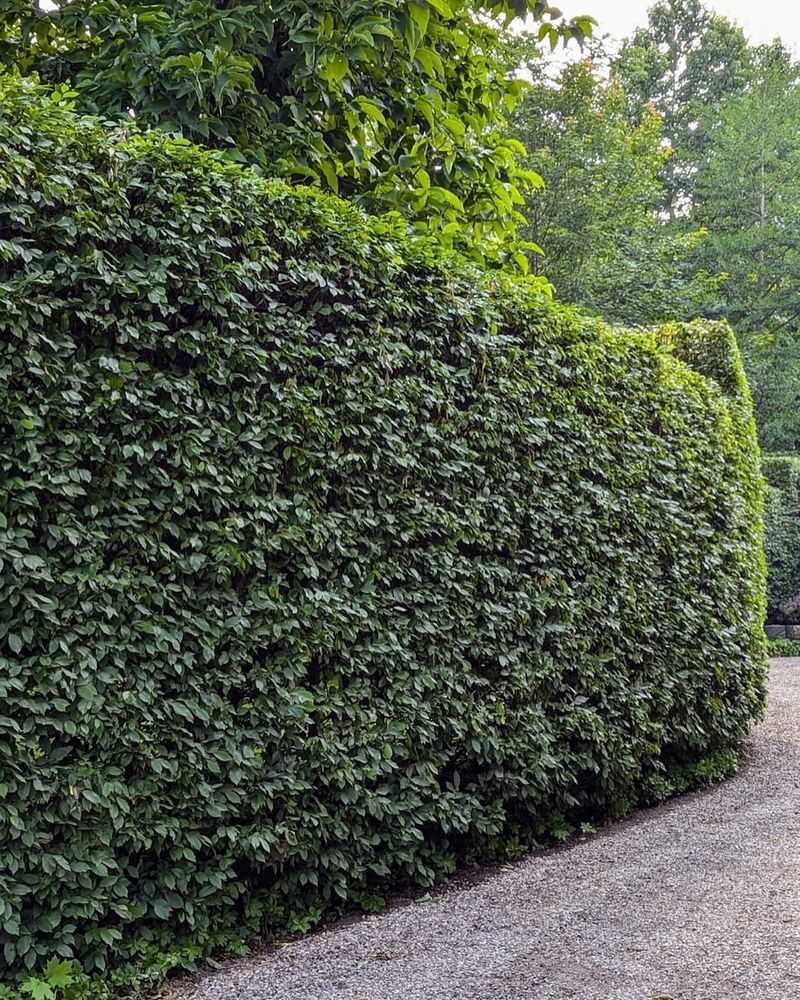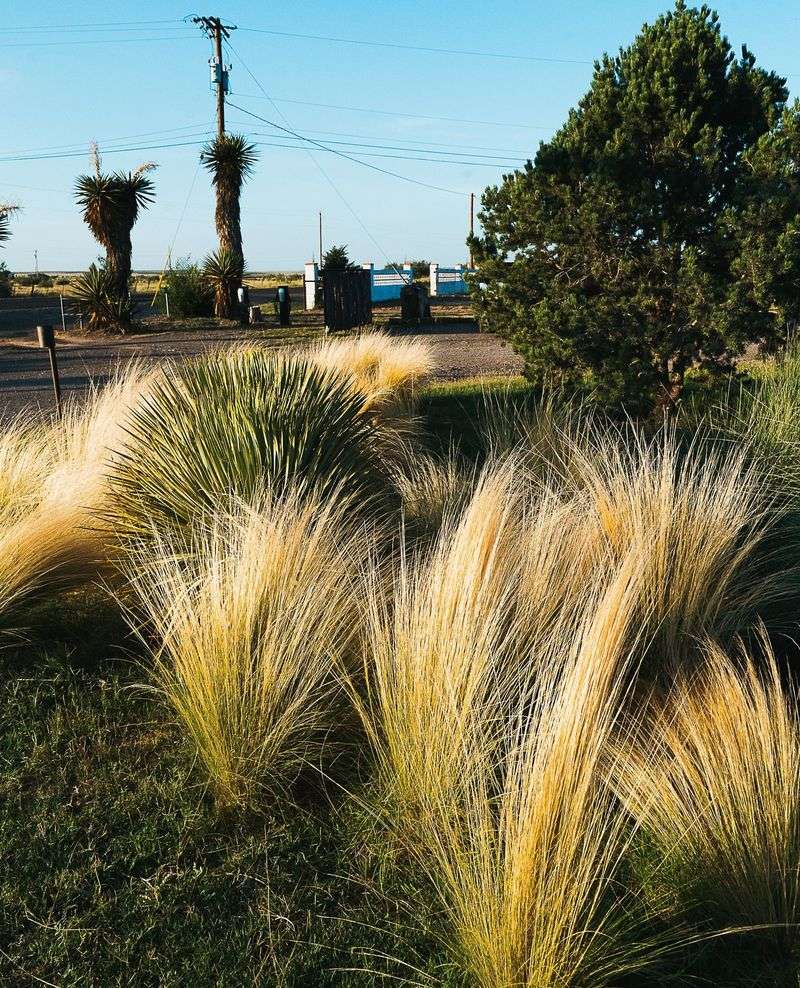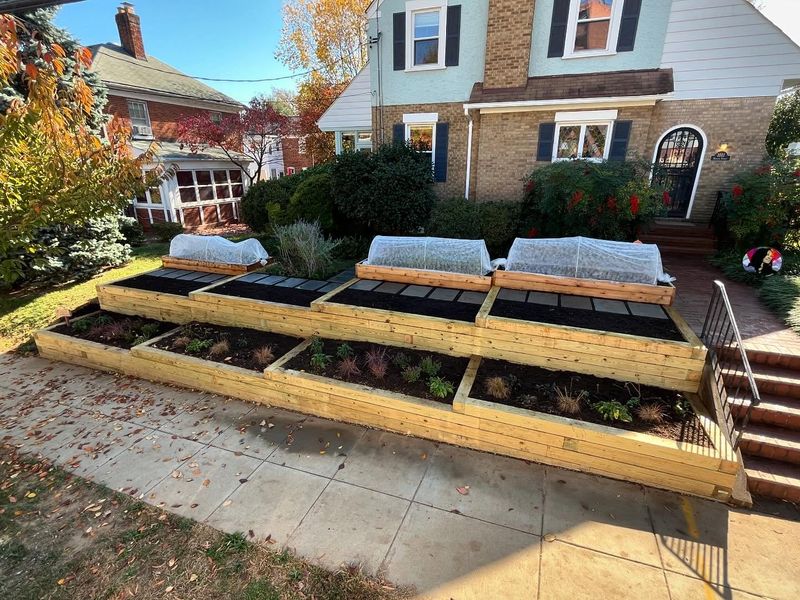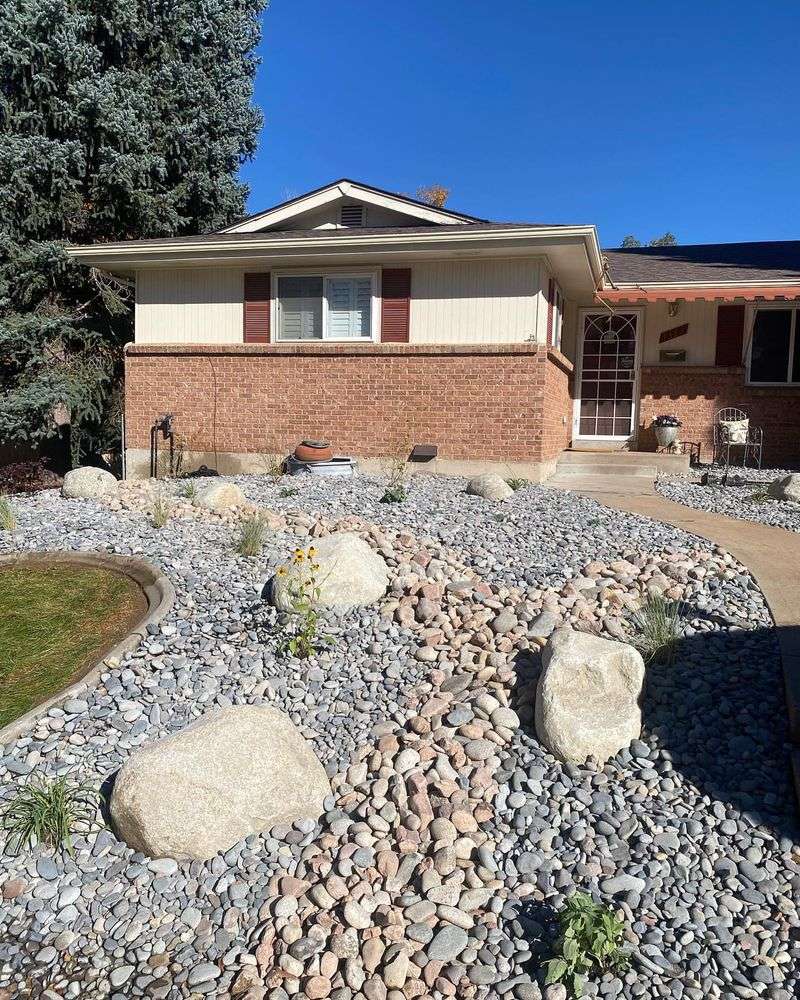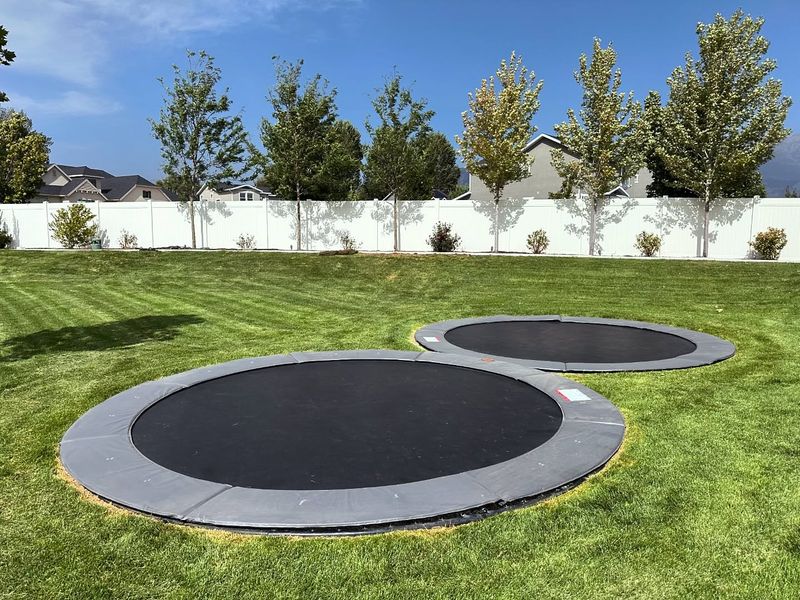Texas homeowners love expressing their style through vibrant, personalized yards. From native wildflowers to bold hardscapes, outdoor spaces often reflect creativity and pride. But shifting priorities are starting to reshape what’s considered acceptable.
As environmental concerns rise and HOAs tighten their grip, some popular yard features are under scrutiny. Water-heavy lawns, invasive plants, and certain decorative elements may soon be restricted. These changes aim to balance beauty with sustainability.
Here’s a look at 12 yard features that could be on the chopping block in Texas neighborhoods. Whether it’s due to ecological impact, safety risks, or neighbor complaints, staying informed helps you plan smart and avoid costly surprises.
1. Water-Hungry Lawns
Many neighborhoods are reconsidering the classic green lawn due to Texas’s recurring drought conditions. The days of expansive, thirsty grass may be numbered as water conservation becomes more critical.
Local water authorities have already implemented restrictions in many counties during summer months. I’ve noticed more neighbors switching to drought-resistant alternatives as water bills climb higher each year.
Homeowners associations are beginning to draft new guidelines that limit the percentage of property that can be dedicated to traditional turfgrass.
2. Invasive Bamboo
Running bamboo creates a quick privacy screen but has become a neighborhood nightmare in many Texas communities. Without proper barriers, it easily spreads to neighboring properties, causing disputes and property damage.
Removing established bamboo can cost thousands of dollars. My friend in Austin spent three years trying to eliminate bamboo that had spread from next door, eventually requiring professional help.
Several Texas municipalities are now considering ordinances that would either ban bamboo outright or require expensive containment systems.
3. Bradford Pear Trees
Once a popular ornamental choice, Bradford pears are falling from favor fast. Their weak branch structure makes them hazardous during Texas storms, often splitting and causing property damage.
The trees produce offspring that aggressively invade natural areas. Last spring, I watched as volunteers removed hundreds of Bradford seedlings from our local park.
Several Texas counties have already banned new plantings, and more are likely to follow as awareness of their ecological impact spreads among homeowners and landscapers.
4. Artificial Turf
Despite its water-saving appeal, artificial turf faces increasing scrutiny in Texas neighborhoods. The plastic material can reach temperatures of 150°F during summer months, creating urban heat islands and potentially harming pets’ paws.
Environmental concerns are mounting as studies show microplastics shedding from synthetic lawns. When I tested my neighbor’s turf with a temperature gun last July, the reading was shocking – nearly 65 degrees hotter than natural grass.
Some HOAs are already restricting artificial turf to backyards only, while others are considering complete bans.
5. Oleander Shrubs
The toxicity of these common Texas landscape plants is prompting reconsideration in family neighborhoods. Every part of the oleander contains cardiac glycosides that can be fatal if ingested, posing risks to children and pets.
Growing up in Houston, these flowering shrubs were everywhere. Few people realized that even burning oleander can release dangerous toxins into the air.
Community guidelines are beginning to classify oleanders as prohibited plants in areas with schools or playgrounds, with some neighborhoods requiring complete removal.
6. Tall Privacy Hedges
Towering hedges that block sightlines are facing height restrictions in many Texas communities. These green walls can create security concerns by providing hiding spots for potential intruders and blocking natural surveillance from neighbors.
After a series of break-ins, my neighborhood in Dallas implemented a 6-foot maximum height for all hedges within 15 feet of the street. The change was controversial but has improved visibility throughout the area.
New ordinances are being considered that would require permits for hedges over certain heights, similar to fence regulations.
7. Mexican Feathergrass
The wispy, golden plumes of Mexican feathergrass create a stunning landscape effect, but their aggressive self-seeding habit is causing ecological concerns across Texas. Each plant can produce thousands of seeds that readily establish in natural areas.
Last fall, I spent hours pulling hundreds of seedlings from my flower beds after my neighbor planted just three of these grasses. Their ability to spread is truly remarkable.
Conservation organizations are pushing for sales bans, and some forward-thinking HOAs have already added this grass to their prohibited plant lists.
8. Front Yard Vegetable Gardens
Growing food in front yards has become a battleground between sustainability advocates and traditional neighborhood aesthetics. Some Texas HOAs consider vegetable gardens unsightly and inappropriate for street-facing landscaping.
The debate intensified during the pandemic when more homeowners wanted to grow their own food. My community initially resisted my front yard tomato plants until I added decorative borders and maintained strict organization.
New regulations often specify allowed locations, required borders, or maximum percentage of yard that can be dedicated to edible plants.
9. Gravel Xeriscapes
Rock and gravel landscapes are practical in Texas’s hot climate but facing resistance from community planners. These hardscapes can contribute to stormwater runoff problems and heat retention, worsening already hot summer conditions.
During last year’s heavy rains, several homes in our area with full gravel yards experienced flooding as water couldn’t be absorbed. The contrast was stark compared to properties with more balanced landscaping.
Updated codes are beginning to require a minimum percentage of permeable surface area, effectively limiting how much gravel homeowners can use.
10. Outdoor String Lights
Permanent outdoor string lights have become increasingly popular for Texas patios and yards, but their proliferation is triggering light pollution concerns. What seems charming to one homeowner can be a nighttime nuisance to neighbors.
After installing lights around my backyard, I received complaints from two neighbors about the glow entering their bedrooms. Finding a balance between ambiance and consideration proved challenging.
New restrictions may limit hours of operation, brightness levels, or placement locations to minimize impact on surrounding properties and nocturnal wildlife.
11. Pampas Grass
The dramatic plumes of pampas grass make a statement in landscaping, but their invasive nature is causing alarm in Texas conservation circles. These South American natives can spread rapidly in our climate, crowding out native species.
Few gardeners realize that a single plant can produce millions of seeds annually. The stand I removed from my corner lot last year had begun colonizing the empty lot next door within just two seasons.
Environmental groups are advocating for bans, and several communities have already restricted new plantings of this aggressive ornamental grass.
12. Unfenced Trampolines
The backyard trampoline, a favorite of Texas families during our long outdoor seasons, is increasingly subject to safety regulations. Insurance companies have identified trampolines as liability risks, pressuring HOAs to implement stricter rules.
After a neighbor’s child was injured jumping from a roof onto an unfenced trampoline, our community quickly enacted new guidelines. Safety enclosures are now mandatory in most planned developments.
Emerging regulations typically require safety nets, specific placement away from structures, and in some cases, removal when selling a home.

